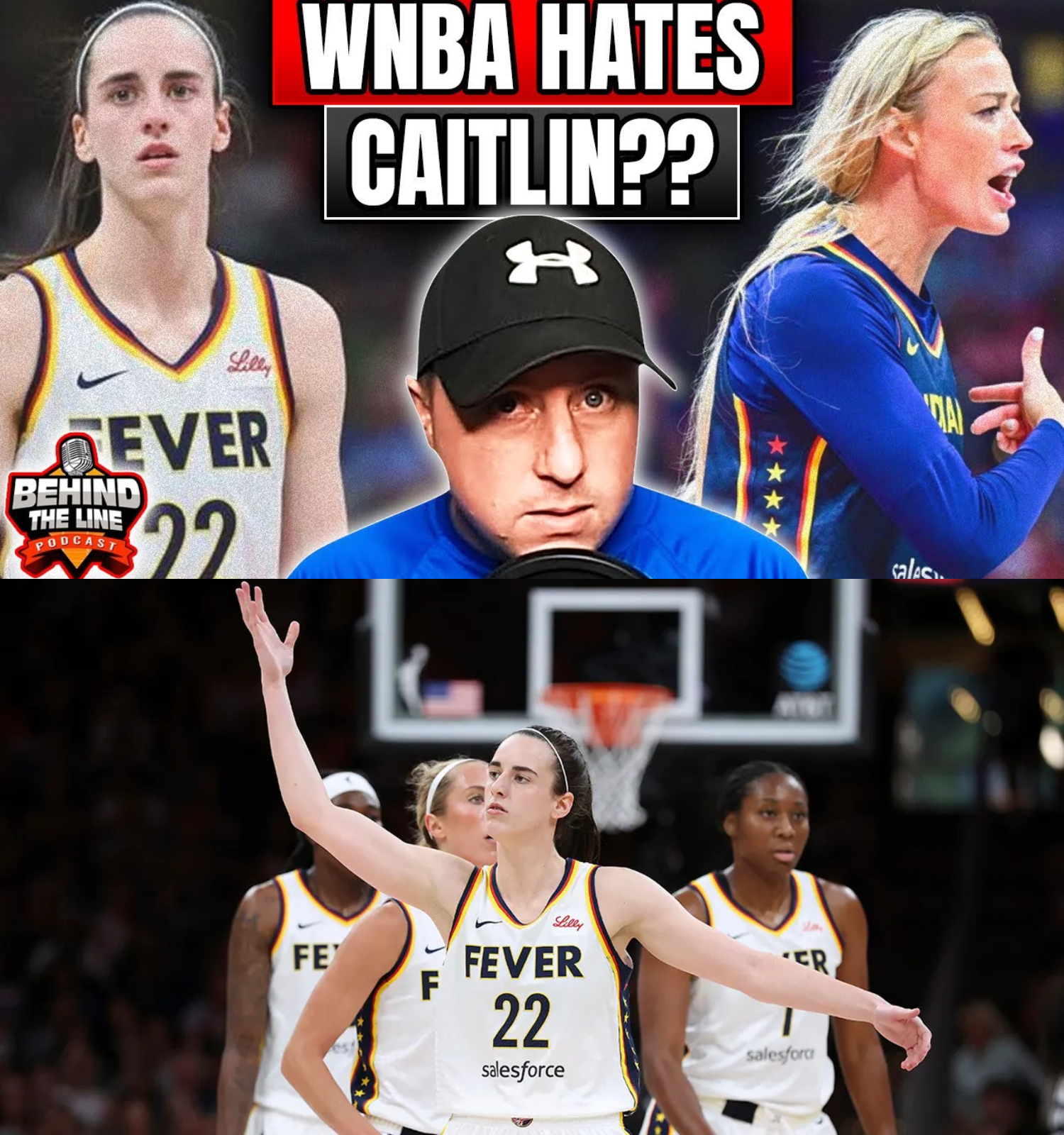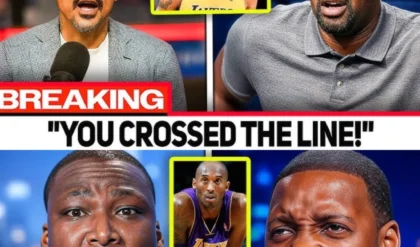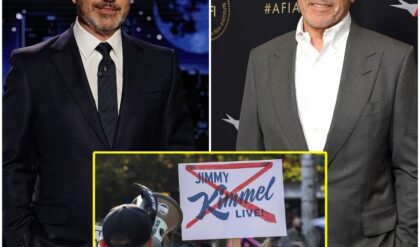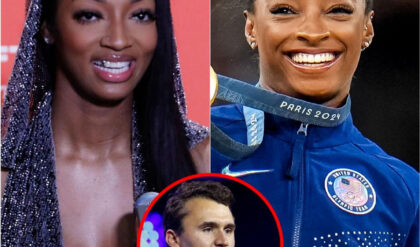WNBA DISCRIMINATING Against Caitlin Clark & White Star Players??
Over the past month, a wave of social-media chatter and sports-talk debate has erupted over whether the WNBA treats its breakout rookie Caitlin Clark and other white players differently than its established stars. The conversation took off after a string of viral clips showing Clark absorbing hard fouls and receiving what many felt was uneven coverage from league outlets compared with other big names.
On X and TikTok, posts under hashtags like “ProtectCaitlin” and “WNBABias” have racked up millions of views. Commenters share side-by-side videos of highlight packages, flagrant fouls, and marketing campaigns, arguing that the league promotes some players while downplaying others. Several national talk shows picked up the topic, with hosts asking whether there’s an unconscious double standard at play or if it’s simply part of a young star’s growing pains.

Analysts and former players have weighed in too. Some argue that Clark is getting the same “rookie initiation” every top prospect receives, regardless of race. Others say the optics matter, and the WNBA should be proactive about protecting all its marquee players equally — both on the court and in league promotions.
Clark herself has mostly stayed out of the fray, focusing on Indiana’s playoff run. She told reporters after practice that she’s “just trying to compete and help my team win” and isn’t paying attention to “outside noise.” But the very fact that this debate has dominated headlines during the postseason shows how polarizing her rise has become.
For the WNBA, the discussion is a double-edged sword. On one hand, it underscores how much attention Clark and other new faces are bringing to the league. On the other, it puts a spotlight on issues of fairness, officiating, and marketing that league officials would rather address quietly. Whether the conversation cools off or intensifies will likely depend on how the playoffs play out — and how visible Clark and her peers remain in the league’s own storytelling.





